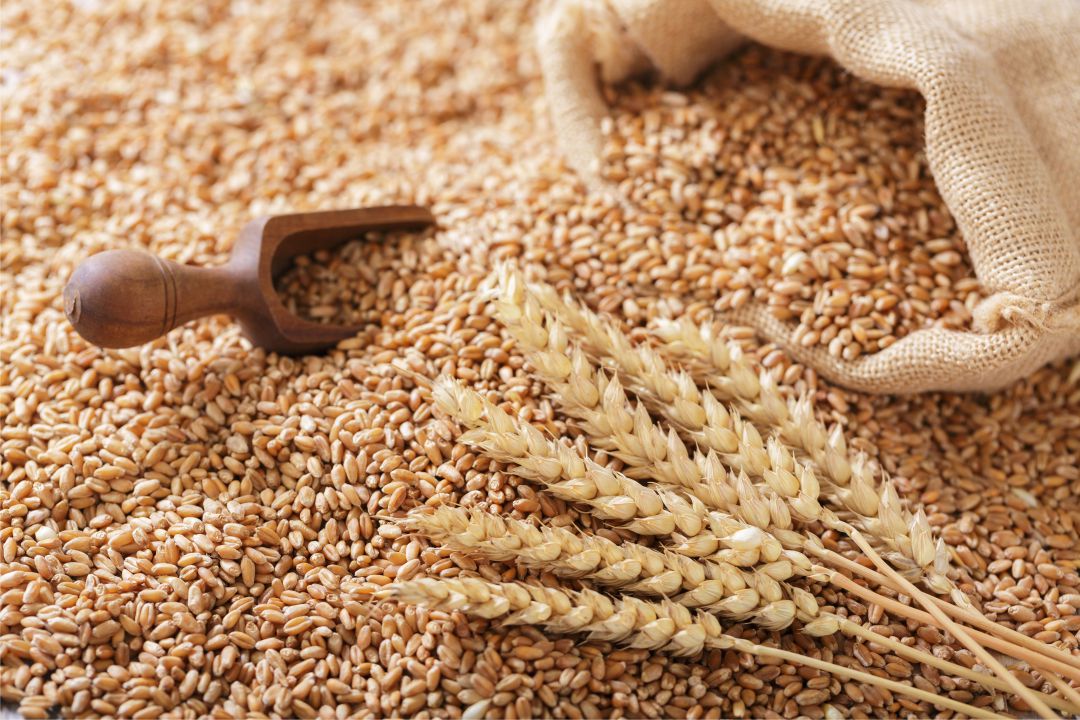Wheat – A source of energy

The wheat ear rises to mimic the color of the sun, as if it doesn’t have a glimpse of the future. But soon it will become flour, pasta, bread or even beer. Wheat has different ways of reaching our mouths, with a huge impact on the world’s diet.
Today, wheat accounts for around 20% of the world’s cultivated area, with half a million tons to feed families around the world, making it the second largest cereal produced, trailing only rice.
Some research suggests that the first wheat plantations were identified in Egypt. But some researchers point to the fields of Mesopotamia as the first cultivated land.

AS WELL AS BEING A SOURCE OF ENERGY (CARBOHYDRATES), WHEAT IS RICH IN ESSENTIAL VITAMINS AND MINERALS SUCH AS THE B COMPLEX, POTASSIUM, MAGNESIUM AND PHOSPHORUS.
Initially, it was only eaten as grains, in a kind of porridge, along with fish and fruit. Around 4,000 BC, the process of fermenting wheat was discovered, giving rise to the first breads. It then spread around the world. There are reports that, around 2,000 BC, the Chinese were already using wheat to make flour and pasta. And it continues to permeate the kitchens of time for its great nutritional value.
As well as being a source of energy (carbohydrates), wheat is rich in essential vitamins and minerals such as the B complex, potassium, magnesium and phosphorus.
Mozambique consumes around 450,000 tons of wheat a year.
Edição 84 SET/OUT| Download.



































0 Comments